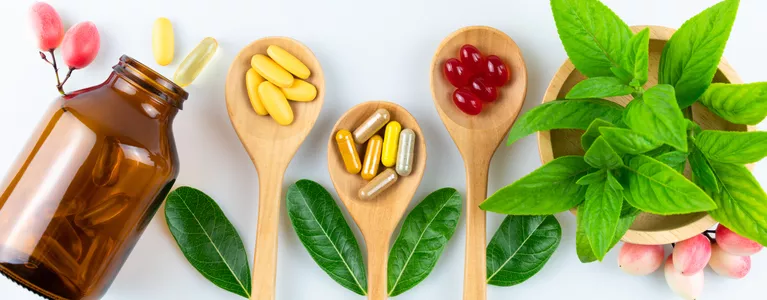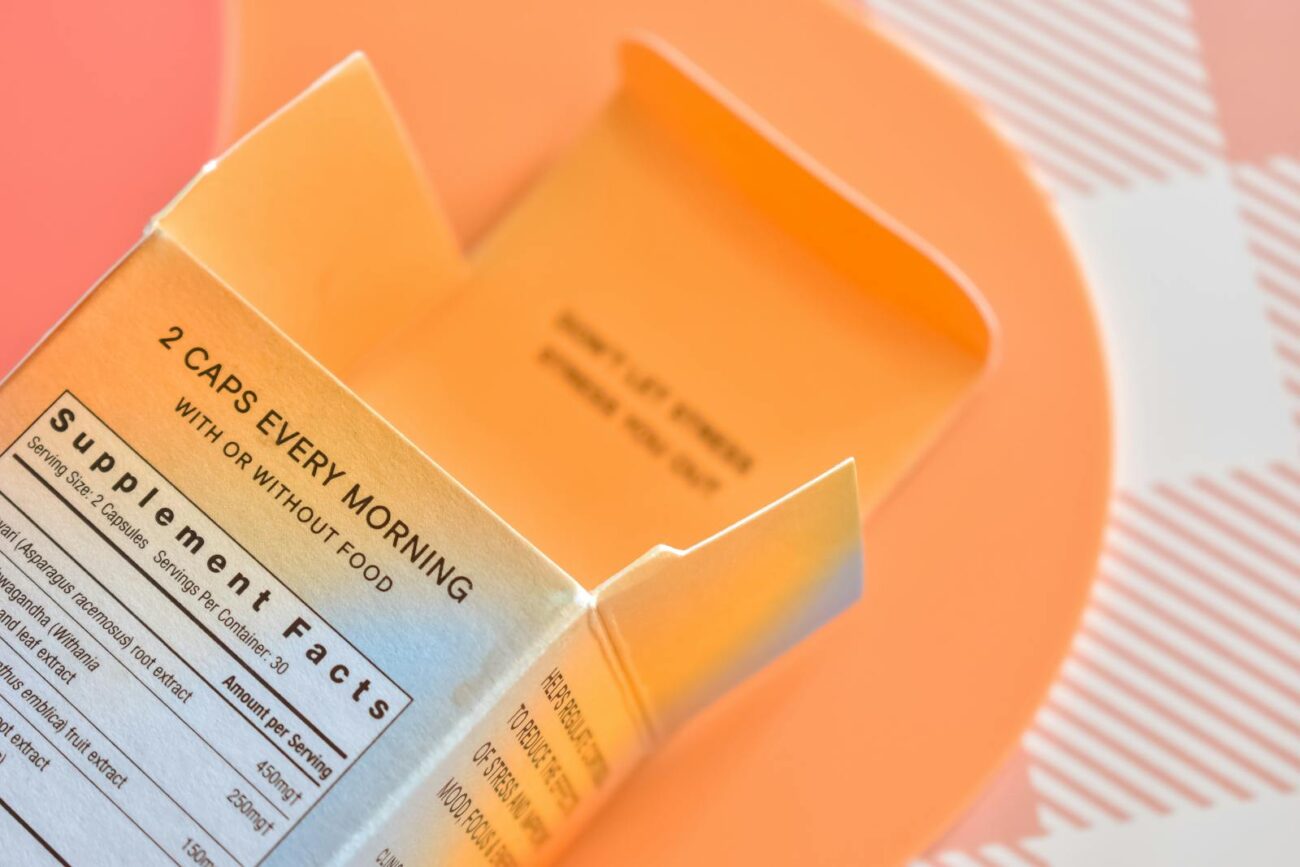
Introduction.
Walk into a pharmacy or scroll online, and it’s easy to feel overwhelmed. Supplements promising everything, glowing skin, better focus, boundless energy are everywhere. Big fonts, flashy logos, exotic ingredients, it all looks impressive. Honestly, most of it is just marketing pretending to be science.
With my background in botany, biochemistry, and environmental science, I’ve spent years figuring out how natural compounds actually work. So when I see a new supplement, I don’t just glance at the shiny packaging. I dig into the ingredients, check the dosages, and ask: does this actually make sense? Only good science, not slogans can tell you if it’s worth your money.
I remember the first time I bought a turmeric supplement claiming 500 mg of curcumin. I got home, read the label, and… 50 mg. Fifty. I laughed, I cried, I double-checked everything else on the shelf. That’s exactly why reading labels matters.
By the way, if you’ve ever felt lost staring at supplement labels, you’re not alone. Welcome to the club.

Red Flag #1: Proprietary Blends.
Ever see a label like this?
“Energy Support Blend – 2000 mg”
– Green tea extract.
– Caffeine.
– Panax ginseng.
– L-Theanine.
Looks fancy, right? Here’s the catch, they don’t say how much of each ingredient is actually in there.
This is called a proprietary blend. Companies often use it to hide exact dosages. Usually, it means a powerful ingredient is in there in a tiny, almost useless amount, what I like to call “pixie dusting.”
For instance, ginseng might be listed, but the dose could be 20 mg when studies show 200–400 mg is what actually works. I’ve tried green tea extracts like this, they promised energy, but I got almost nothing. Lesson learned.
👉 Why it matters: Without knowing the amounts, you can’t tell if the supplement will do anything. Too little does nothing; too much could be harmful.
✅ Tip: Look for labels that give clear numbers for each ingredient. Transparency is everything.

Red Flag #2: Misleading or Fake Certifications.
You’ve probably noticed shiny logos on bottles:
“Doctor Approved”
“Clinically Proven”
“Lab Verified”
Some might be legit, but a lot are just marketing tricks. Honestly, I spent five minutes staring at a “Doctor Approved” sticker once, wondering if it even meant anything. Spoiler: often, it doesn’t.
The certifications that actually matter come from independent labs that test supplements for purity, dosage, and harmful contaminants. Trusted examples include:
USP Verified (U.S. Pharmacopeia).
NSF Certified for Sport.
Informed Choice / Informed Sport.
If a supplement has one of these marks, it’s been tested and actually contains what it claims, without hidden nasties like heavy metals or banned substances.
👉 Why it matters: Those flashy “doctor approved” stickers? Often meaningless. Real proof comes from independent testing.
When I check a supplement, I look past the marketing and focus on the science first. Certifications can be helpful, sure but I’ve learned that even those can sometimes be more about business than truth. That’s why I rely even more on the actual research and evidence behind the ingredients. If the science doesn’t back it up, I don’t bother.

Red Flag #3: Hidden Fillers & Additives.
Flip to the bottom of almost any supplement label, and you’ll see the “Other Ingredients” section. That’s where companies list binders, fillers, and coloring agents.
Some are harmless, but others are unnecessary or questionable.
Examples include:
Titanium dioxide (a whitening agent, now restricted in Europe).
Artificial dyes (can trigger allergies or irritability).
Magnesium stearate (helps tablets flow, often overused).
Extra sugars or flavorings (mask bitter tastes).
Even if the main ingredients are good, these extras can dilute effectiveness or introduce chemicals you might not want.
I always check this section. Seriously, it’s amazing how much marketing hides here. Science helps you see through the fluff.
✅ Tip: Short, simple “Other Ingredients” lists are usually better. If it’s full of chemical names you can’t pronounce, that’s a red flag.

Overall …Be a Label Detective!
Supplement labels are designed to catch your eye, not inform you. But spotting red flags is easier than you think.
3 Label Red Flags to Watch For:
1. Proprietary Blends → check ingredient amounts.
2. Fake Certifications → stick to credible third-party logos.
3.*Hidden Fillers → read “Other Ingredients” carefully.
Even following just these three rules will help you avoid many low-quality products.
Supplements can be helpful, but poorly made ones waste money and sometimes do more harm than good.
Summary.
The supplement world is huge, and regulation isn’t perfect. But you don’t need a PhD to protect yourself. Remember the three red flags: proprietary blends, fake certifications, and hidden fillers.
Next time you pick up a bottle, pause for thirty seconds and check the label, you’ll be surprised how many “premium” products suddenly don’t look so premium.
And if you want a shortcut, that’s why I created this site: I break down supplements using a scientific lens so you can make smart choices based on evidence, not marketing hype.
A friendly note: Of course, not all effective supplements or herbs need official certifications. Many herbs have been used for decades or even centuries, and their benefits are well documented.
As a botanist, I often collect herbs straight from my own garden, brew them into teas, and enjoy them myself. Think of medicinal teas, roots, and garden herbs that people have relied on to ease certain symptoms. You don’t always need a prescription or a certified label to get real, natural support sometimes the best remedies are already growing right in your backyard.

